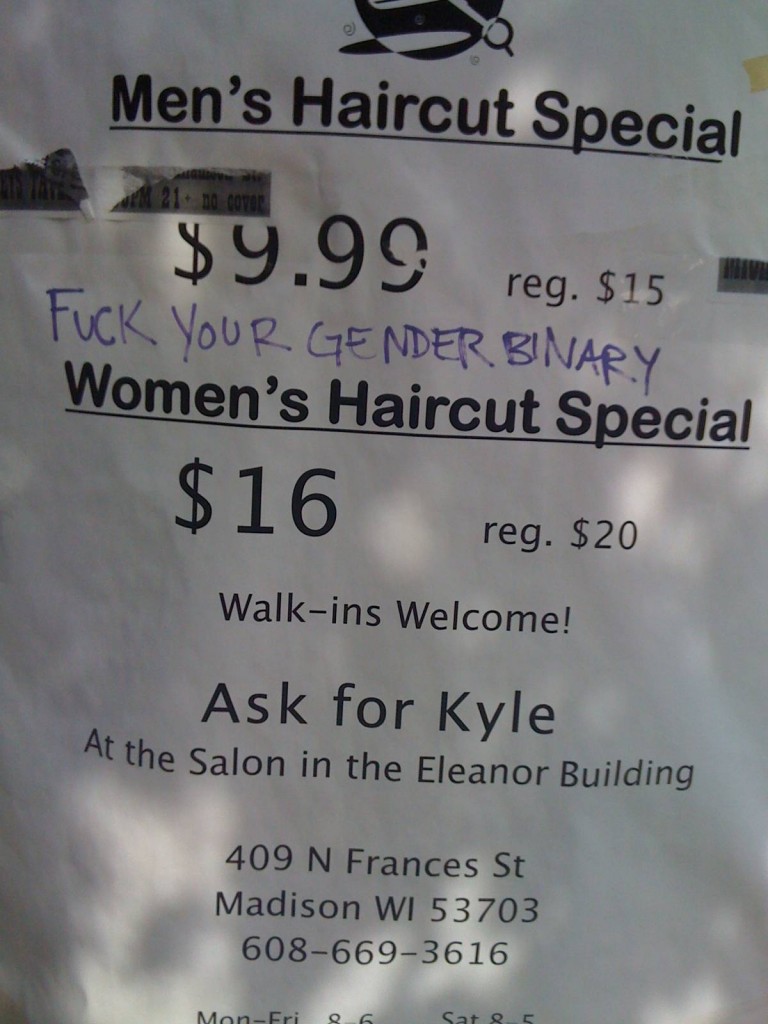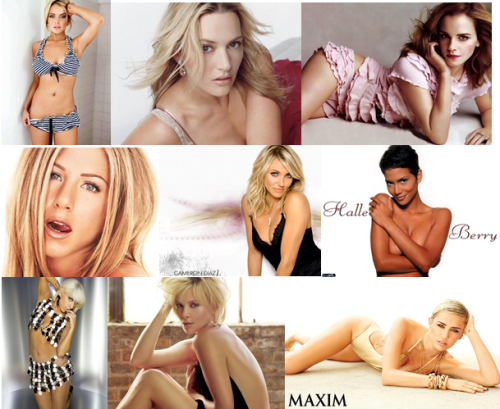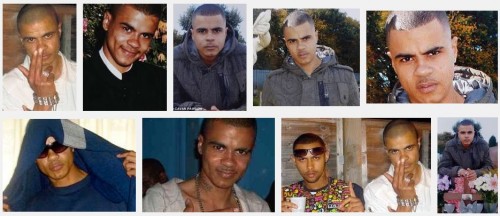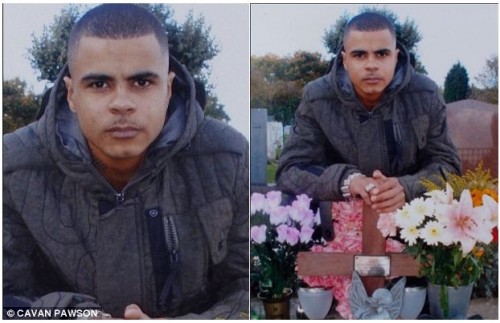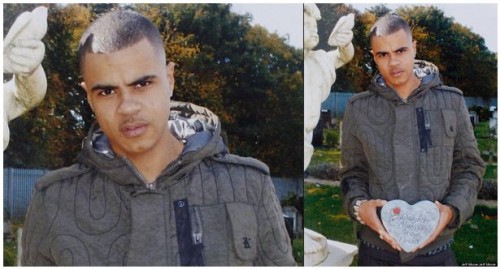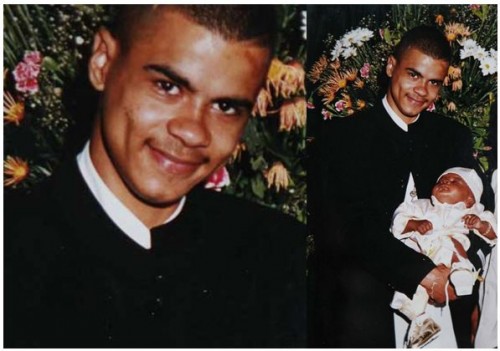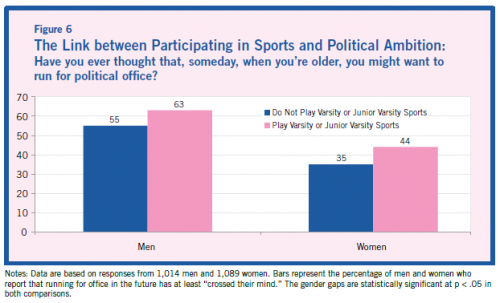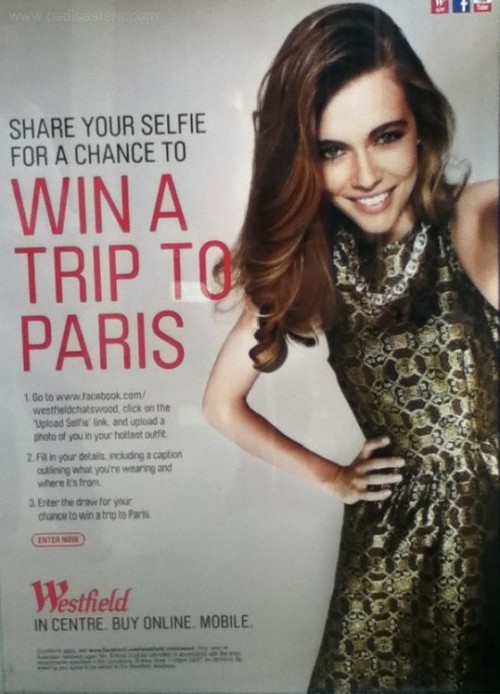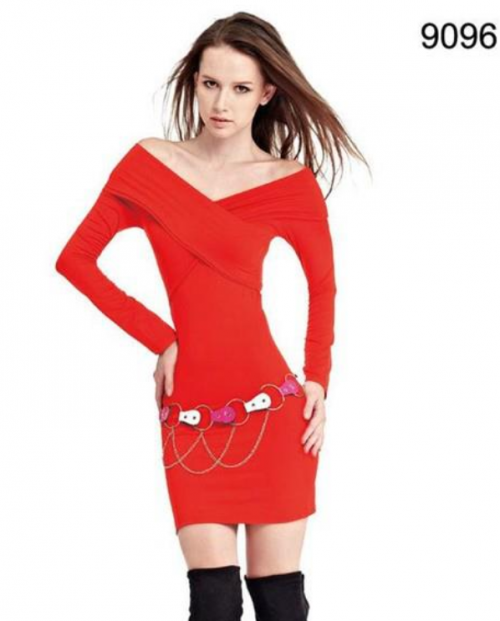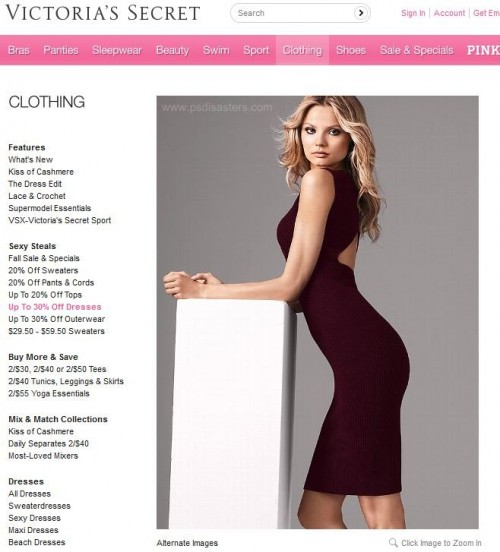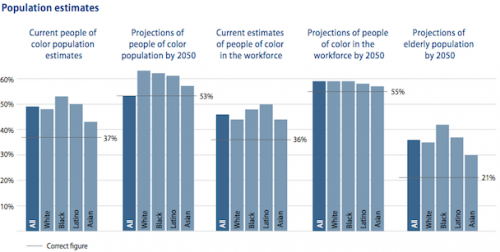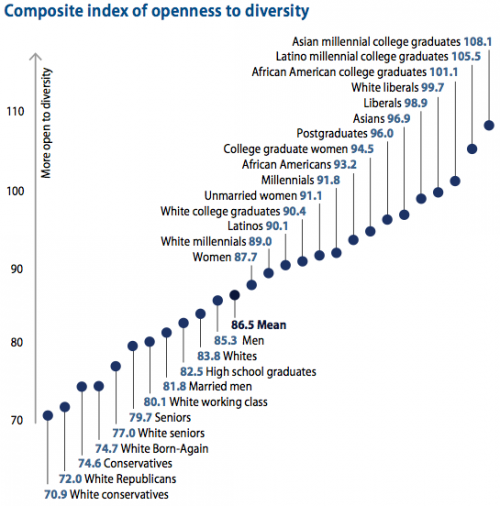A new submission inspires me to re-post this great collection of public resistance to advertisements that objectify women.
Adding commentary to the ubiquitous images that surround us can help us to notice, even if just temporarily, that our environment is toxic to our ability to think of all people as full and complete humans. Here are some inspiring examples.
1. An unknown artist pastes the photoshop toolbar on H&M posters in Germany (thanks Dmitriy T.C. and Alison M.).
2. Toban B. (a prolific SocImages contributor, by the way) sent us a set of photographs. These were snapped in Seattle, Washington by Jonathan McIntosh:
3. Commentary on a Special K. ad in Dublin, sent in by Tara C. (Broadsheet).
Text:
Hey there Special-K Lady.
I know you think I should diet
So I can be slim just like you.
thing is, I think I look pretty fabulous
Just the way I am
Also, Special-K tastes like cardboardso piss off
4. This one was written on by a teenage girl in Rotterdam, the Netherlands. It reads: “I’m sick of sexually tinted images.”
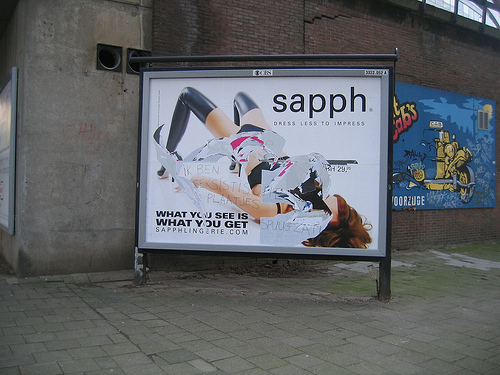
5. Tricia V. sent us an example of this kind of resistance in Haiti. The billboard below is in for a brand of beer called Prestige. Tricia writes: “The writing [along the bottom of] the billboard says “Ko O+ pa machandiz” which translates as ‘Women’s bodies are not merchandise.'” She was impressed at the effort exerted to climb up and write across a full-sized billboard.
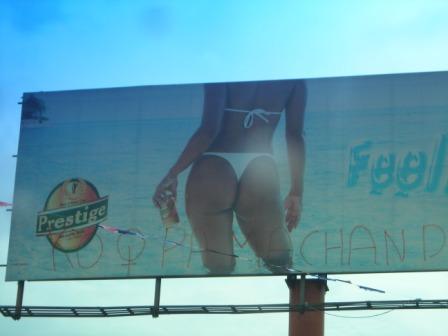
6. Ang B. snapped this photo in Madison, Wisconsin:
7. Sasha Albert saw this comment written on a “please excuse our construction” sign at her gym. Someone else had already written: “WEIRD retouching. Give us a real, healthy, normal woman!” Read more at About Face.
See also: my mom has a phd in math. For a classic example, see “If it were a lady, it’d get its bottom pinched.” For an example of backlash to public anti-sexist messages, see this post on defending privilege (trigger warning).
Cross-posted at Ms. Sources: here, here, and here.
Lisa Wade, PhD is an Associate Professor at Tulane University. She is the author of American Hookup, a book about college sexual culture; a textbook about gender; and a forthcoming introductory text: Terrible Magnificent Sociology. You can follow her on Twitter and Instagram.

